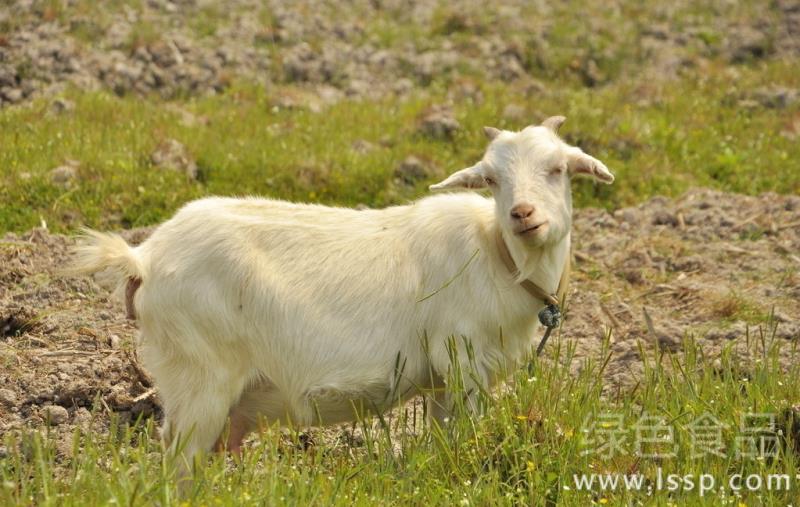How to solve the problem of low hatching rate affecting goose-raising benefit and low hatching rate of goose seedlings

Goose
1. Malnutrition of breeder geese
Malnutrition of breeder geese leads to maldevelopment of embryos, dead embryos, malformations of goslings and so on, which reduces the hatching rate.
Preventive measures: strengthen the nutrition of breeding geese, especially within one month after the breeding geese enter the laying period, the amount of bean cake and peanut cake should be increased, so that the protein level in the feed can reach about 17%. At the same time, a variety of vitamins and trace element additives should be added to balance feed nutrition to meet the nutritional requirements of geese during the laying period.
2. The fertilization rate is too low.
The fertilization rate of goose eggs is about 75%, and it is abnormal for eggs with no sperm more than 30%. The fertilization rate is too low, mainly due to the uncoordinated proportion of male and female geese, old, obese or lame breeding geese, lack of mating pool and insufficient supply of green feed in breeding season. If the fertilization rate of breeding eggs is low, the hatching rate is even lower.
Preventive measures: in order to improve the fertilization rate of goose eggs, breeding geese must be strictly selected, and the geese with stunted, thin physique and weak breeding ability should be eliminated. The ratio of male to female of small geese is 1 ∶ (6 / 7), that of medium breeds is 1 ∶ (4 / 5), and that of large breeds is 1 ∶ (3 / 4), and the suitable surface for mating is provided. Before laying eggs, feeding barley malt to breeding geese can supplement vitamins to ensure nutritional needs. It is worth noting that the first egg laying, the fertilization rate is low, it is not suitable to breed eggs.
3. The eggs are too dirty.
When goose eggs stick to feces, soil, grass powder, etc., it is easy to be invaded by bacteria, cause corruption, block stomata, affect gas exchange, form stillbirths and reduce hatching rate.
Preventive measures: fixed-point laying eggs and bedding grass are often changed. Before hatching, the most commonly used method of fumigation should be used for disinfection. The dosage is 14 ml formaldehyde and 7 grams of potassium permanganate per cubic meter of space, fumigation for 0.5 hours, and then exhaust gas with exhaust fan.
Goose seedling hatching
4. Long storage time
The goose breeding eggs were stored for a long time, the water evaporated too much, the pH value in the eggs changed, and the activities of various enzymes were strengthened, which caused the aging of embryos, the deterioration of nutrients and the reproduction of residual bacteria, thus endangering the embryos and reducing the hatching rate.
Precautions: goose eggs should be stored for 7 days and 3 days in summer. The weather is cool, such as early spring and early autumn, can be relatively long; in severe winter and heat, it should be relatively short. In addition, store it for more than 7 days and turn it over once or twice a day.
5. The incubation temperature and humidity are not suitable.
The critical temperature of goose embryo development is 23.9 ℃. If the temperature exceeds, the embryo development is slow. Although it is limited, the cell metabolism will gradually lead to goose embryo death. In order to inhibit enzyme activity and bacterial reproduction, breeding eggs should be preserved below the critical temperature, but when the temperature is lower than 0 ℃, the breeding eggs are easy to be frozen, and the frozen eggs lose their hatching ability.
The high humidity in the storage room can easily cause the reproduction of bacteria on the surface of the eggshell and mildew of the breeding eggs; when the humidity is too low, the water in the eggs evaporates, the air chamber increases, and the breeding eggs lose too much water, which affects the hatching effect.
Preventive measures: the storage time of breeding eggs varies slightly according to different temperature and humidity, within 7 days, 15 ℃ is more suitable, more than 7 days, 11 ℃ is suitable. Before storage, if the temperature of breeding eggs is high, it should be cooled gradually so that the temperature of goose eggs is close to the storage temperature before putting in. The relative humidity of the storage room is generally 70-80%.
Related
- On the eggshell is a badge full of pride. British Poultry Egg Market and Consumer observation
- British study: 72% of Britons are willing to buy native eggs raised by insects
- Guidelines for friendly egg production revised the increase of space in chicken sheds can not be forced to change feathers and lay eggs.
- Risk of delay in customs clearance Australia suspends lobster exports to China
- Pig semen-the Vector of virus Transmission (4)
- Pig semen-the Vector of virus Transmission (3)
- Five common causes of difficult control of classical swine fever in clinic and their countermeasures
- Foot-and-mouth disease is the most effective way to prevent it!
- PED is the number one killer of piglets and has to be guarded against in autumn and winter.
- What is "yellow fat pig"? Have you ever heard the pig collector talk about "yellow fat pig"?



